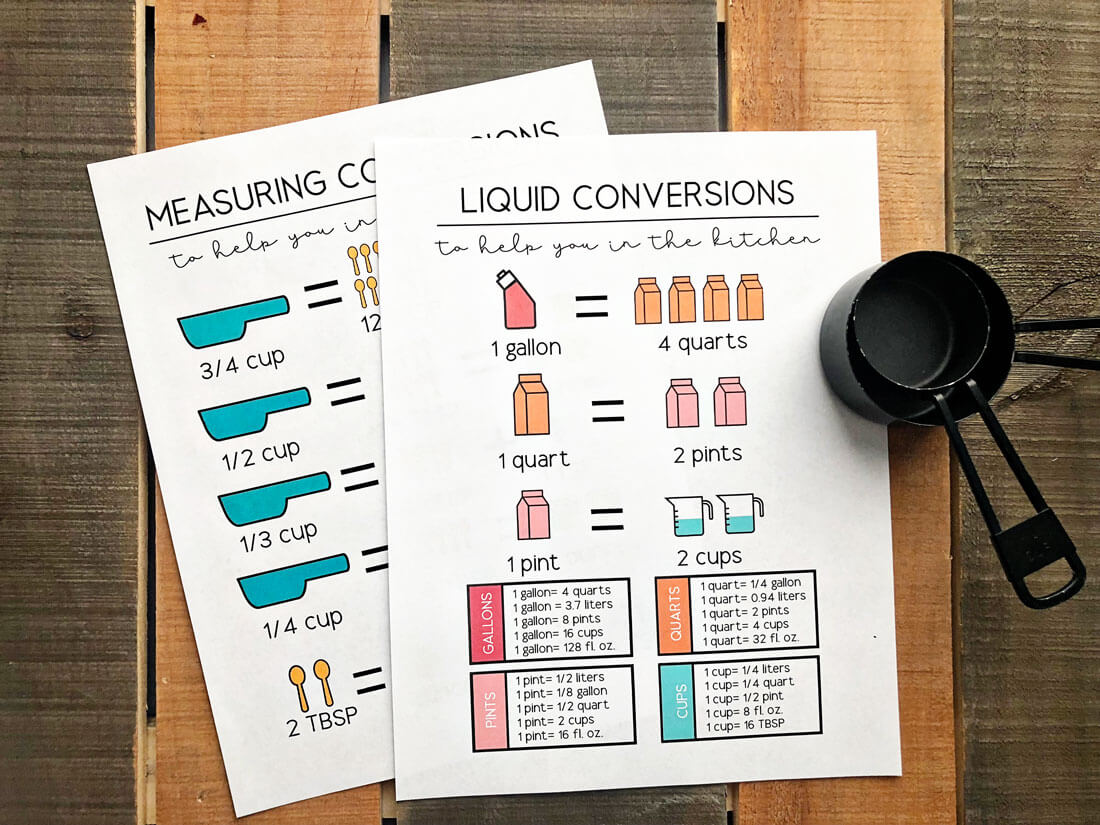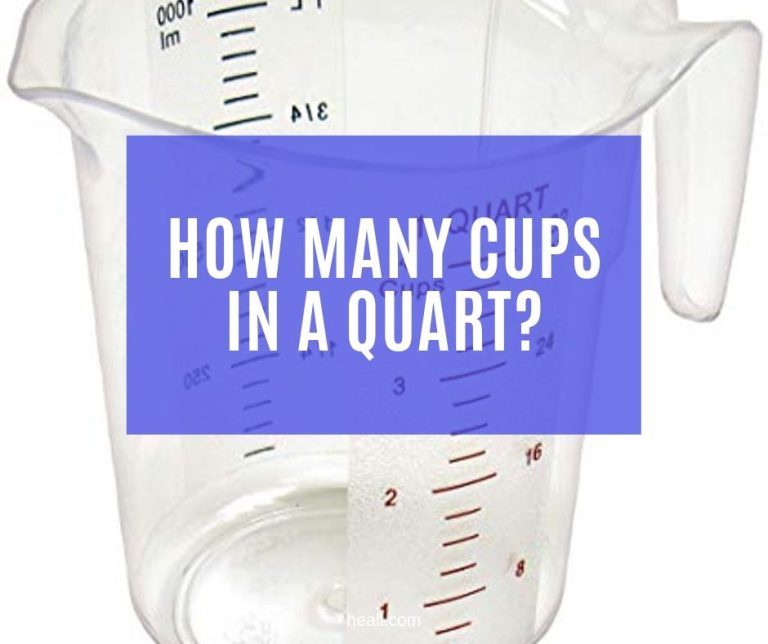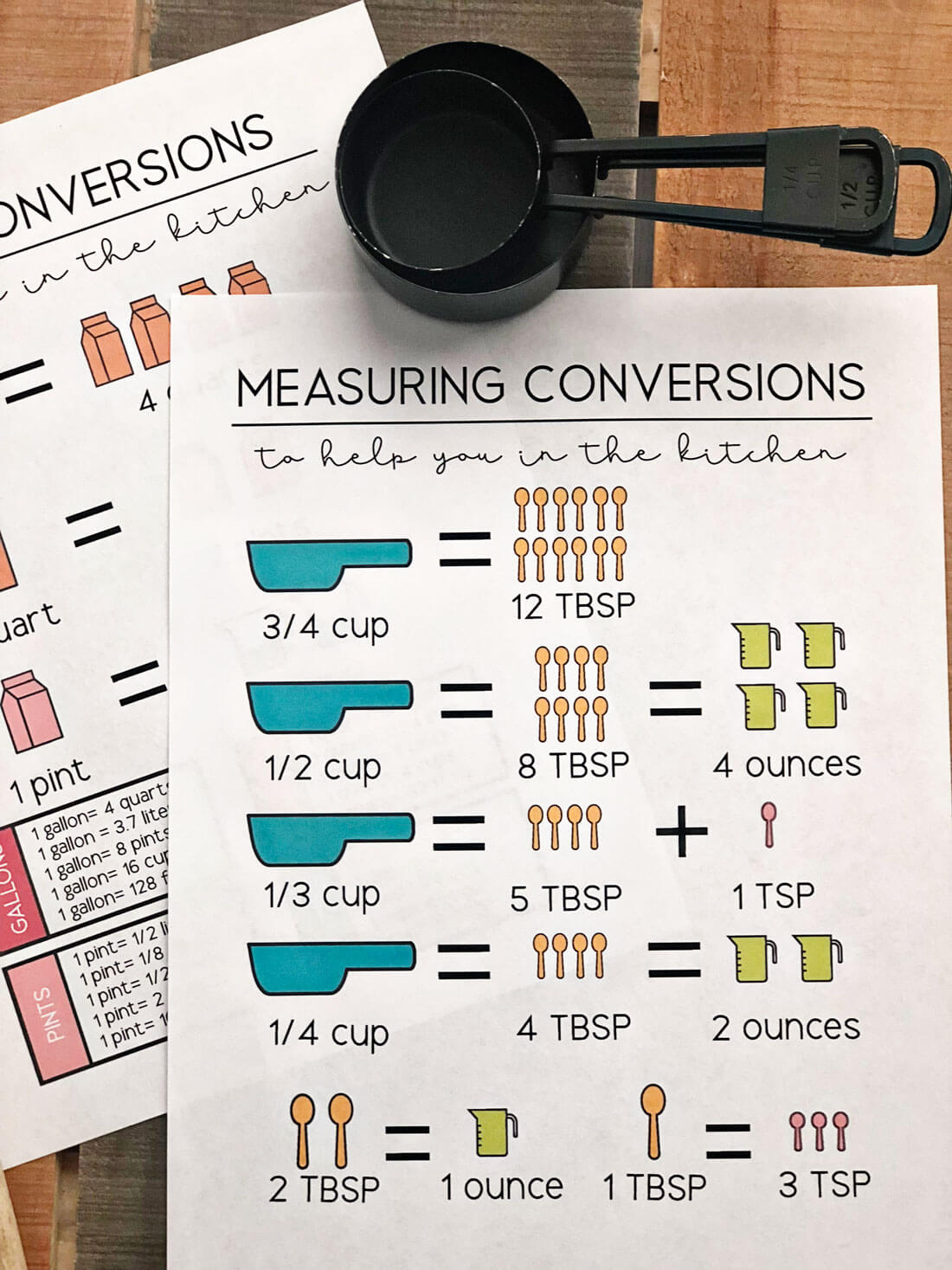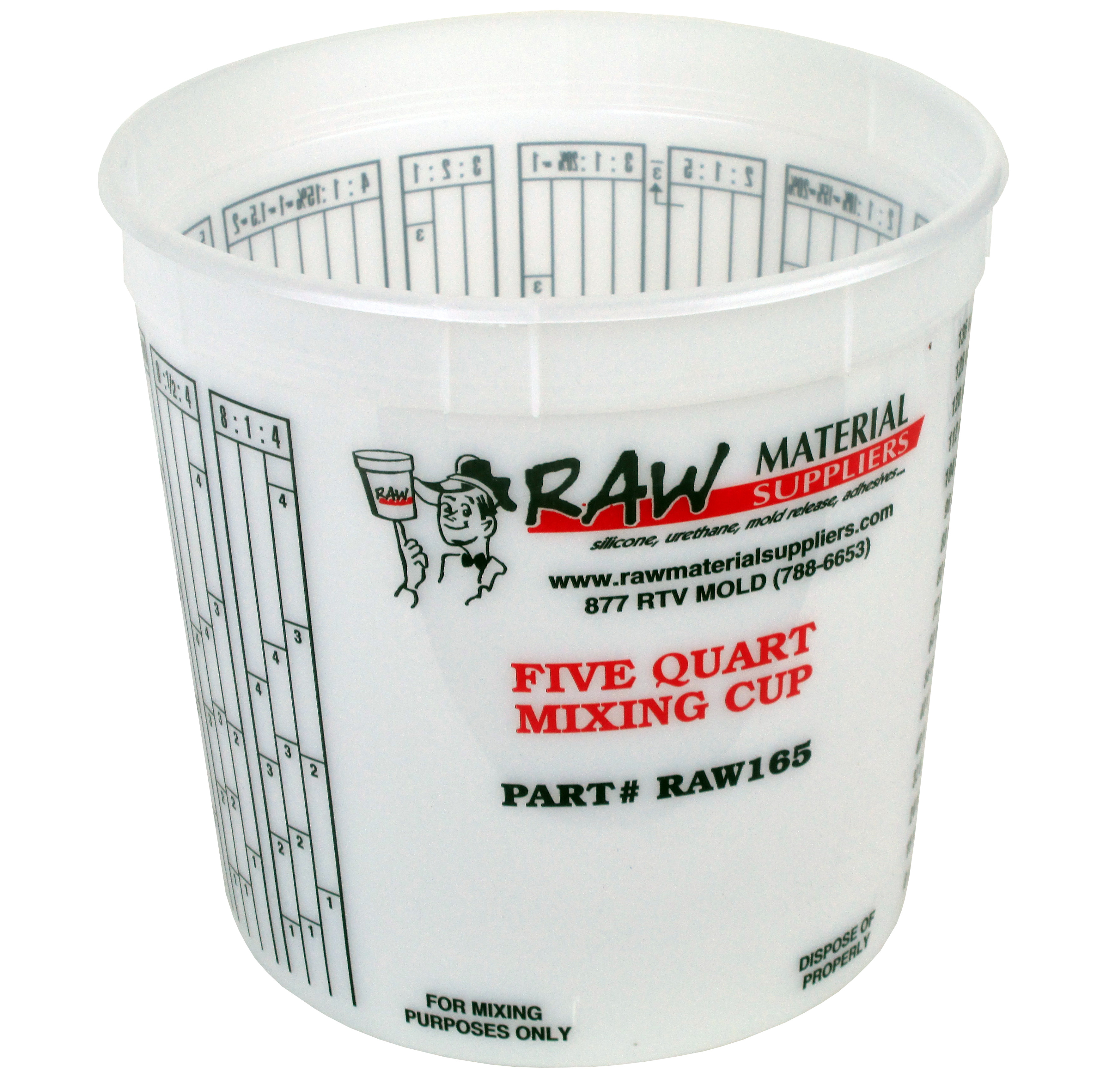
Quarts and grams are both commonly used to measure cooking ingredients.įor cooking applications, most chefs suggest measuring dry ingredients by weight rather than volume to improve accuracy in the measurements. If the density is given in grams per milliliter (g/mL), then first multiply the density by 946.3529 to convert to g/qt.įor a density given in g/mL, you can use this simple formula to convert: Note that in order for this to work, the density must be in grams per quart (g/qt). To convert a measurement in quarts to grams, multiply the volume by the density of the ingredient or material.

Therefore, to convert between quarts and grams of an ingredient or substance, we must either multiply or divide by its density, depending on which direction we are performing the conversion. In this case, we need to account for the density of the substance whenever we do a conversion. Since quarts are a unit of volume and grams are a unit of mass, which are different physical quantities, we need to know one more physical quantity of the ingredient or substance to convert between them.

He holds several degrees and certifications. Liter to Quart (US) Conversion Table Liter ġ5 L, l = 15 × 1.0566882094 qt (US) = 15.Joe is the creator of Inch Calculator and has over 20 years of experience in engineering and construction. This same definition was used for the imperial quart up until 1824 when the UK re-defined the imperial gallon.Ĭurrent use: The respective versions of the quart are used mainly in the United States and the United Kingdom, though in the UK, the use of the liter is now mandated as a result of metrication. The current definition of the US quart is based on the English wine gallon. History/origin: The quart is based on the gallon, the definition of which has changed throughout history based on the commodity being referenced. In both the UK and the US, the quart is equal to ¼ of its respective gallon.

In the UK, the imperial quart is equal to 1.136523. In the US, a liquid quart is equal to approximately 0.946353 liters and a dry quart is equal to approximately 1.101221 liters. Quartĭefinition: The quart (symbol: qt) is a unit of volume in the United States customary and imperial systems of measurement. It is also used to measure certain non-liquid volumes such as the size of car trunks, backpacks and climbing packs, computer cases, microwaves, refrigerators, and recycling bins, as well as for expressing fuel volumes and prices in most countries around the world. However, due to the mass-volume relationship of water being based on a number of factors that can be cumbersome to control (temperature, pressure, purity, isotopic uniformity), as well as the discovery that the prototype of the kilogram was slightly too large (making the liter equal to 1.000028 dm 3 rather than 1 dm 3), the definition of the liter was reverted to its previous, and current definition.Ĭurrent use: The liter is used to measure many liquid volumes as well as to label containers containing said liquids. History/origin: There was a point from 1901 to 1964 when a liter was defined as the volume of one kilogram of pure water under the conditions of maximum density at atmospheric pressure.

One liter is equal to 1 cubic decimeter (dm 3), 1,000 cubic centimeters (cm 3), or 1/1,000 cubic meters (m 3). Definition: A liter (symbol: L) is a unit of volume that is accepted for use with the International System of Units (SI) but is technically not an SI unit.


 0 kommentar(er)
0 kommentar(er)
